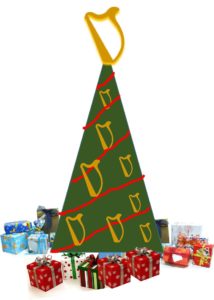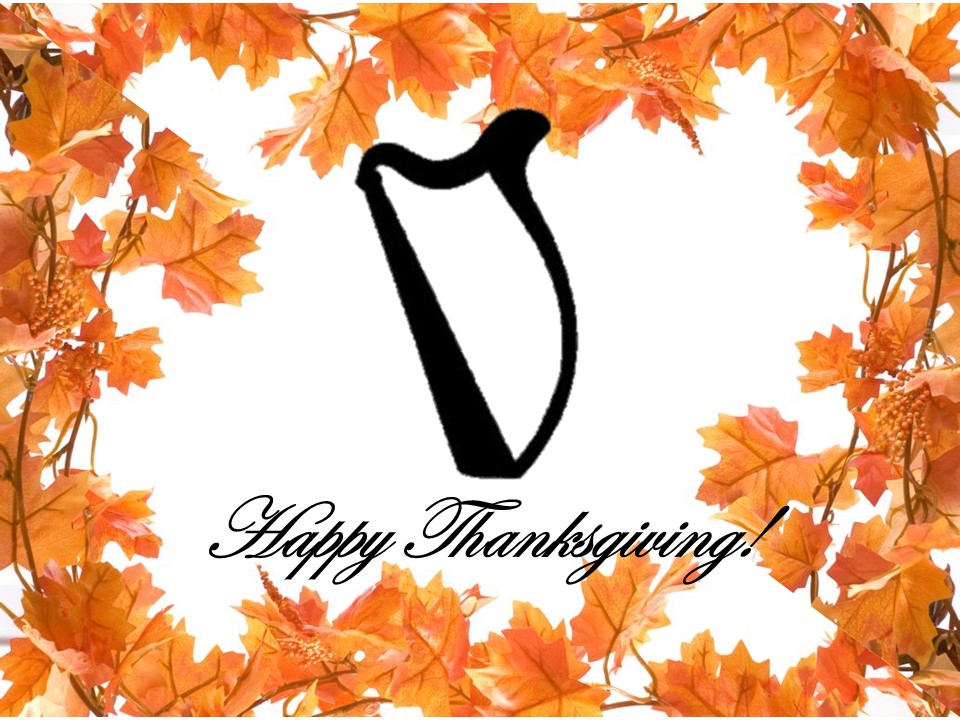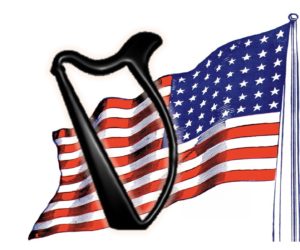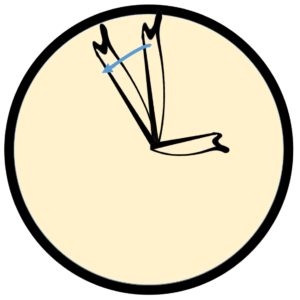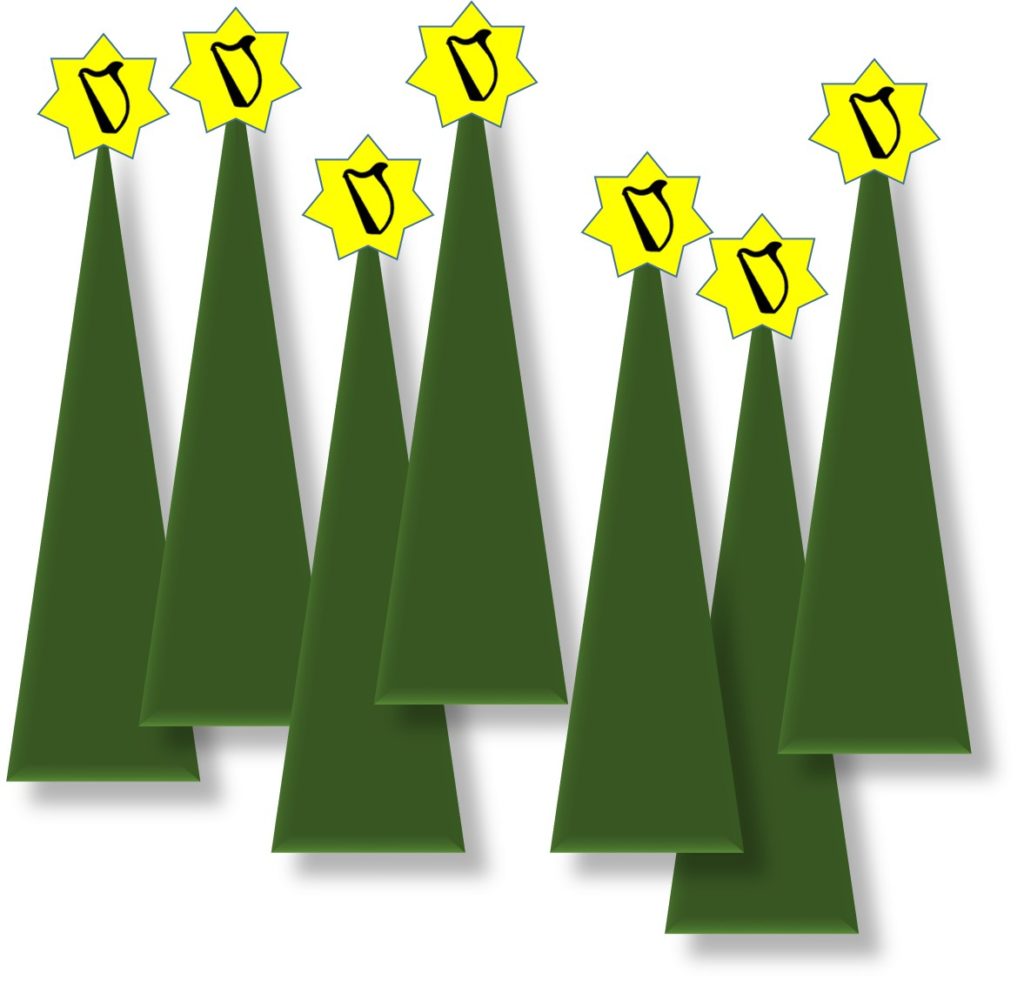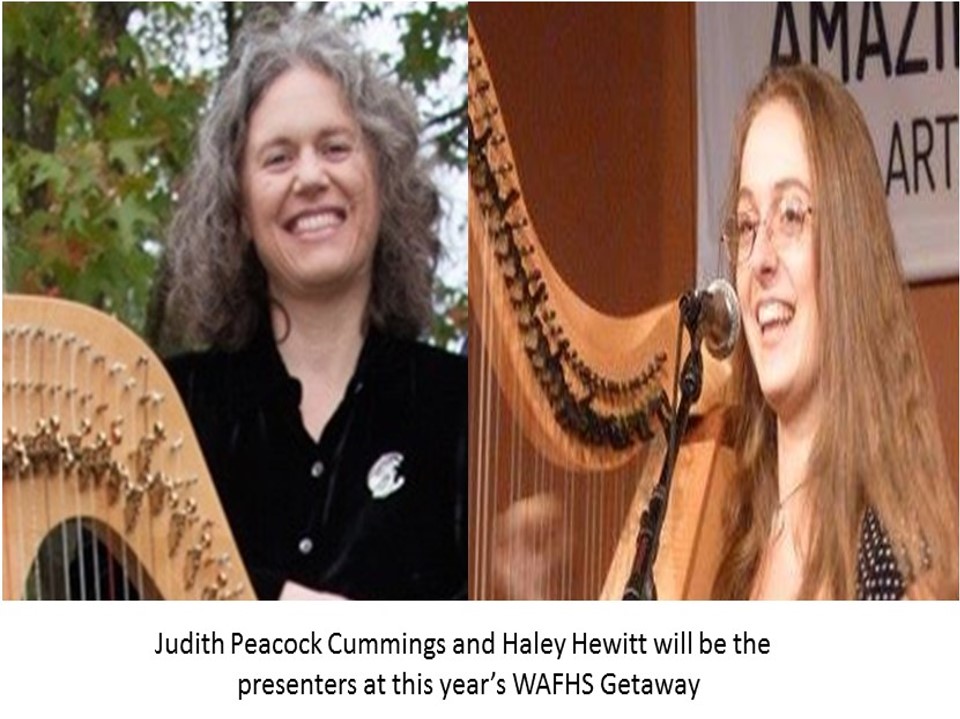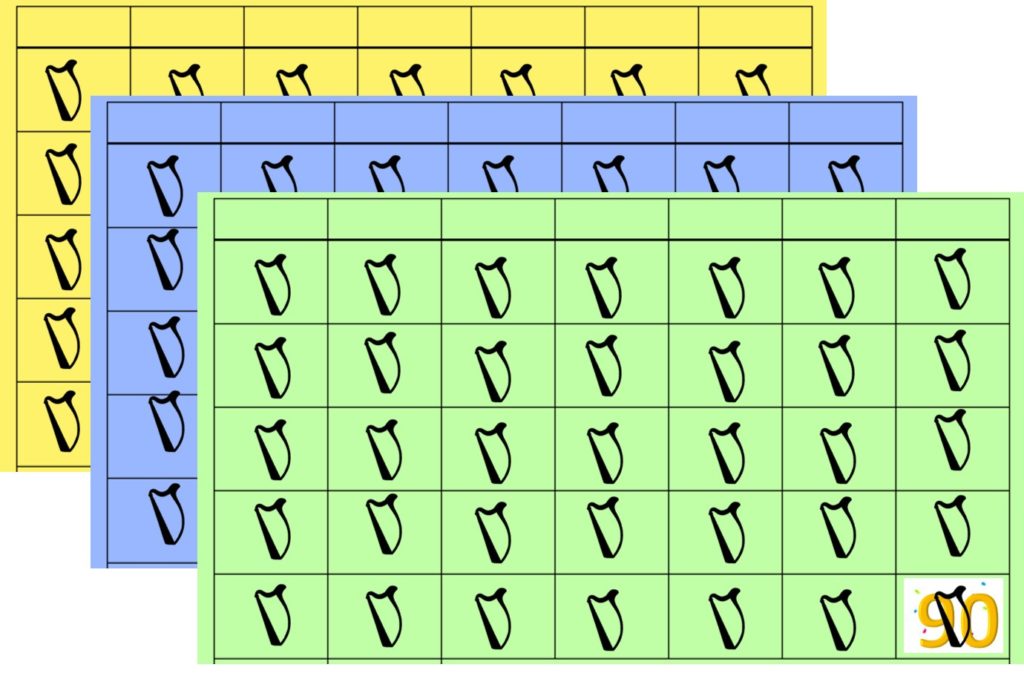Have you ever noticed that when you go to see your physician you have a number of questions to ask, but as soon as you sit on the seat in the office you can’t remember any of them? There’s a switch in the seat that makes you forget everything you came in for – I’m sure of it!
Your harp lesson can also be like that, with the switch being strategically located in the bench. You will have practiced all week and struggled with some aspect of something you were working on – tricky fingering, a rocky rhythm, a set of chords that are particularly difficult to read accurately and quickly. But as soon as you come in for your lesson, you forget what specifically was the problem.
 You fumble through trying to explain what you couldn’t get. Even worse, try though you might, you cannot remember what you already tried even though you spent all week on it! And you can’t remember why you think it didn’t work.
You fumble through trying to explain what you couldn’t get. Even worse, try though you might, you cannot remember what you already tried even though you spent all week on it! And you can’t remember why you think it didn’t work.
(Of course, even worse is when you did remember what didn’t work but you didn’t spend any time during the week thinking about what that might mean!)
What can you do to make sure you and your teacher work on the things that give you trouble? How can you capture your specific questions, the remedies you have already tried, and the explanations for why those haven’t worked?
A Mnemonic is helpful. A mnemonic is a device that helps to aid memory. It should be simple and easy to remember (go figure!) – and if it is related to the content to be remembered, all the better. So, here is a mnemonic for the next time something is giving you a hard time: HARPO. Work through each of the elements, note the answers and you’ll be that much more prepared for your lesson. The elements are:
- H – Headache – What isn’t going right? What are you not getting?
- A – Attempted – What did you already try? What about that didn’t get you where you meant to be?
- R – Reuse – What do you already know (from another piece of music) that you could bring to this?
- P – Practice – What specifically did you do during practice to overcome the issue?
- O – Outcome – Did that work or do you need to try something else?
Note your HARPO answers in your practice journal so you will have them when you get to your lesson. This will successfully deactivate the switch in the bench and you’ll be able to make some progress!
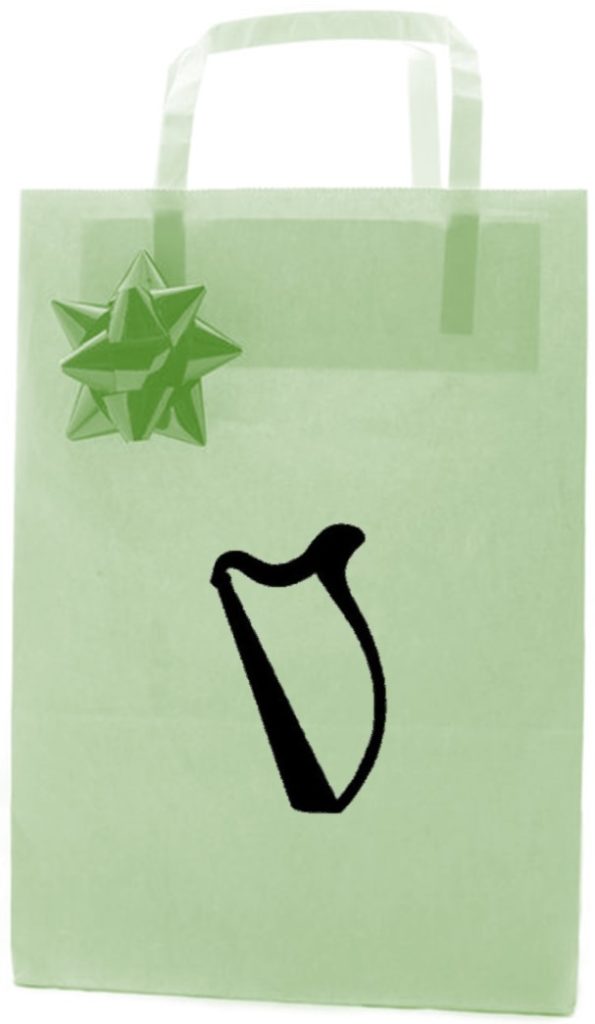 Plenty of time to plan to enjoy the beauty of Scotland while learning some wonderful tunes! Easy to wrap and any harp player (or traditional musician of just about any ilk) would be delighted to receive the gift. If you, or someone you know, would love to find the Harp The Highlands and Islands Tour in their gifts, contact me for more details (before they are presented on the website).
Plenty of time to plan to enjoy the beauty of Scotland while learning some wonderful tunes! Easy to wrap and any harp player (or traditional musician of just about any ilk) would be delighted to receive the gift. If you, or someone you know, would love to find the Harp The Highlands and Islands Tour in their gifts, contact me for more details (before they are presented on the website).